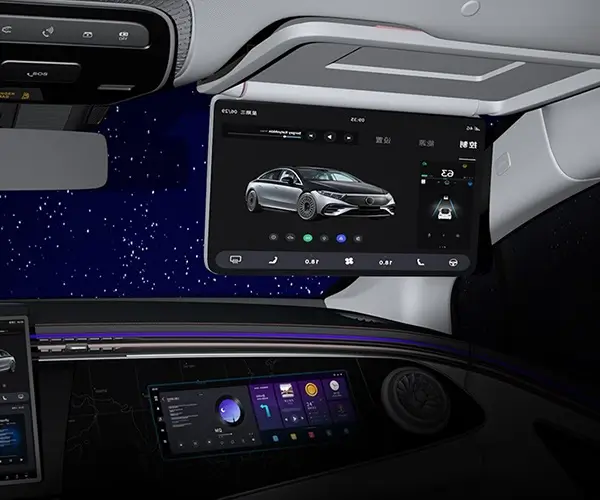Thinking about diving into some quick robotics projects? If you’re tinkering with small automation or experimenting with DIY setups, you'll quickly realize how crucial precise and reliable motion control is. Enter the micro servo combined with Arduino—this combo might just be your new best friend.

Imagine slotting a tiny motor into your project, one that responds instantly to commands. The micro servo offers just that, with impressive accuracy and a compact size that’s perfect for space-constrained builds. What makes it stand out? Its simplicity. No need for complicated wiring or bulky power supplies—just a straightforward connection, and you're good to go.
Ever wondered how tiny movements can make a huge difference? For instance, rotating a camera mount or opening a door in a robot. Micro servos handle these tasks with finesse. They’re fast enough for real-time adjustments yet stable enough to hold positions without jittering. That balance is what makes them so appealing for everything from hobbyist projects to serious prototypes.
Partnering a micro servo with an Arduino creates instant magic. The Arduino’s ease of programming turns what could be complex motor control into a breeze. For example, with a few lines of code, you can set your servo to turn exactly 90 degrees or follow a specific rhythm. You can even layer this into a looping pattern or tie it into sensors—think obstacle avoidance or gesture controls.
Some might ask: "Isn't a micro servo just a toy?" Well, not quite. Sure, they're popular among hobbyists, but their reliability and affordability make them invaluable for prototypes or small-scale automation. Plus, the intelligence you can embed with Arduino makes even simple movements feel smart.
Thinking about power? Micro servos usually run off low voltage—commonly 4.8V to 6V. That means small batteries or power supplies are sufficient. No fuss, no bulky batteries needed. Still, there's the question of torque. If you’re planning to move heavier loads or resist force, picking the right micro servo with enough torque is key.
In the realm of DIY robotics, a good micro servo can transform ideas into reality quickly. Does it feel a bit overwhelming when you’re just starting out? Perhaps. But with the right resources and a little patience, you'll be surprised how fast you can progress.
What about durability? These tiny motors aren't fragile. Quality micro servos are built to withstand a fair amount of stress, especially if mounted properly. They can handle regular movements without missing a beat, which makes them suitable for a variety of environments—indoor, outdoor, even some rough handling scenarios.
If you ever wondered whether your project needs a micro servo, think about the kind of precision movement it requires. For small adjustments, tight control, and quick responses, this is the way to go. Pair that with a trusty Arduino and watch your project come alive—simple yet powerful.
So, next time you’re sketching out an idea or upgrading an existing gadget, give some thought to a micro servo. It might just be the missing piece that turns your concept into a functioning prototype. The beauty is, once you get the hang of it, you’ll see endless ways to incorporate micro servos into all sorts of innovative creations.
Kpower has delivered professional drive system solutions to over 500 enterprise clients globally with products covering various fields such as Smart Home Systems, Automatic Electronics, Robotics, Precision Agriculture, Drones, and Industrial Automation.




































